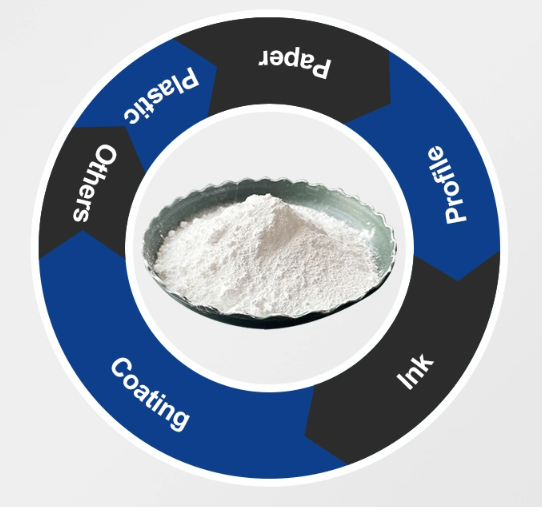
Aug . 10, 2024 08:25 Back to list
Exploring the Applications and Properties of Titanium Oxide in Modern Industry and Technology
The Significance of Titanium Oxide in China’s Industry
Titanium oxide, also known as titanium dioxide (TiO2), is a vital compound with a wide range of applications across various industries. In recent years, China has emerged as a global powerhouse in the production and consumption of titanium oxide, owing to its robust industrial base and significant demand across sectors such as paint, coatings, plastics, and cosmetics.
Production Landscape
China is the largest producer of titanium dioxide globally, accounting for a substantial share of total world production. Key players in the Chinese titanium dioxide industry include well-known companies such as China National Chemical Corporation, Huntsman, and Tianshan Aluminum Group. These firms employ advanced production techniques and technologies to enhance the efficiency and quality of titanium oxide. The country’s abundant natural resources, including ilmenite and rutile, serve as critical raw materials in the manufacturing process, ensuring a steady supply chain.
The production methods commonly used in the industry include the sulfate process and the chloride process. The sulfate process is more traditional, relying on sulfuric acid to extract titanium dioxide from raw materials. However, the chloride process, which utilizes titanium tetrachloride, is growing in popularity due to its lower environmental impact and ability to produce higher purity titanium dioxide. Chinese manufacturers are increasingly adopting the chloride method to meet international quality standards and reduce pollutant emissions.
Applications in Various Industries
Titanium dioxide is renowned for its exceptional whiteness, brightness, and opacity, making it a preferred choice in the production of paints and coatings. The thriving construction and automotive industries in China further fuel the demand for high-quality titanium dioxide products. In paints, it serves as a pigment that enhances color stability and durability, while in coatings, it provides protection against UV radiation and corrosion.
china titanium oxide

Beyond paints and coatings, titanium dioxide finds significant applications in the plastics industry. As an additive, it improves the whiteness and brightness of plastic products, making them visually appealing. In the cosmetics sector, titanium dioxide is commonly used in sunscreens and skin care products for its ability to offer UV protection, making it a crucial ingredient in the fight against skin damage.
Environmental Considerations
While the titanium dioxide industry is experiencing growth, it also faces challenges related to environmental sustainability. The production of titanium oxide can generate significant waste and emissions if not managed properly. Consequently, the Chinese government is enforcing stricter regulations regarding industrial pollution and waste management. Manufacturers are encouraged to adopt cleaner production technologies and sustainable practices to minimize environmental impact.
Additionally, the development of nanotechnology in the field of titanium dioxide offers exciting possibilities. Nano-sized titanium dioxide is being researched for its use in photocatalysis, where it can facilitate chemical reactions under light exposure. This technology has potential applications in air purification, water treatment, and self-cleaning surfaces, contributing to environmental sustainability.
Future Prospects
Looking ahead, the demand for titanium dioxide is expected to continue growing, driven by advancements in various industries, including renewable energy, electronics, and automotive manufacturing. As China strives to transition towards a more sustainable and environmentally friendly industrial framework, the titanium oxide industry is poised for innovation. Growth in electric vehicles and renewable energy technologies will likely create new opportunities for titanium dioxide applications, particularly in innovative coatings and materials.
In conclusion, titanium oxide is a critical component of China's industrial landscape, with significant applications spanning multiple sectors. Although challenges related to environmental impact exist, ongoing advancements in production techniques and applications position the industry for continued success. As global demands evolve, so too will the technological capabilities and sustainability efforts within China’s titanium dioxide sector, ensuring its relevance for years to come.
-
Premium 6618 Titanium Dioxide for GPT-4 Turbo Applications
NewsJul.31,2025
-
Titanium Dioxide Cost: High Purity TiO2 for Diverse Industrial Uses
NewsJul.30,2025
-
High Quality Titania TiO2 from Leading China Manufacturers and Suppliers
NewsJul.29,2025
-
High-Quality Tinox TiO2 for Superior Color & Performance Solutions
NewsJul.29,2025
-
High Quality Titania TiO2 from Leading China Supplier & Manufacturer
NewsJul.29,2025
-
High-Performance r6618 TiO2 for Superior Whitening and Versatility
NewsJul.28,2025
